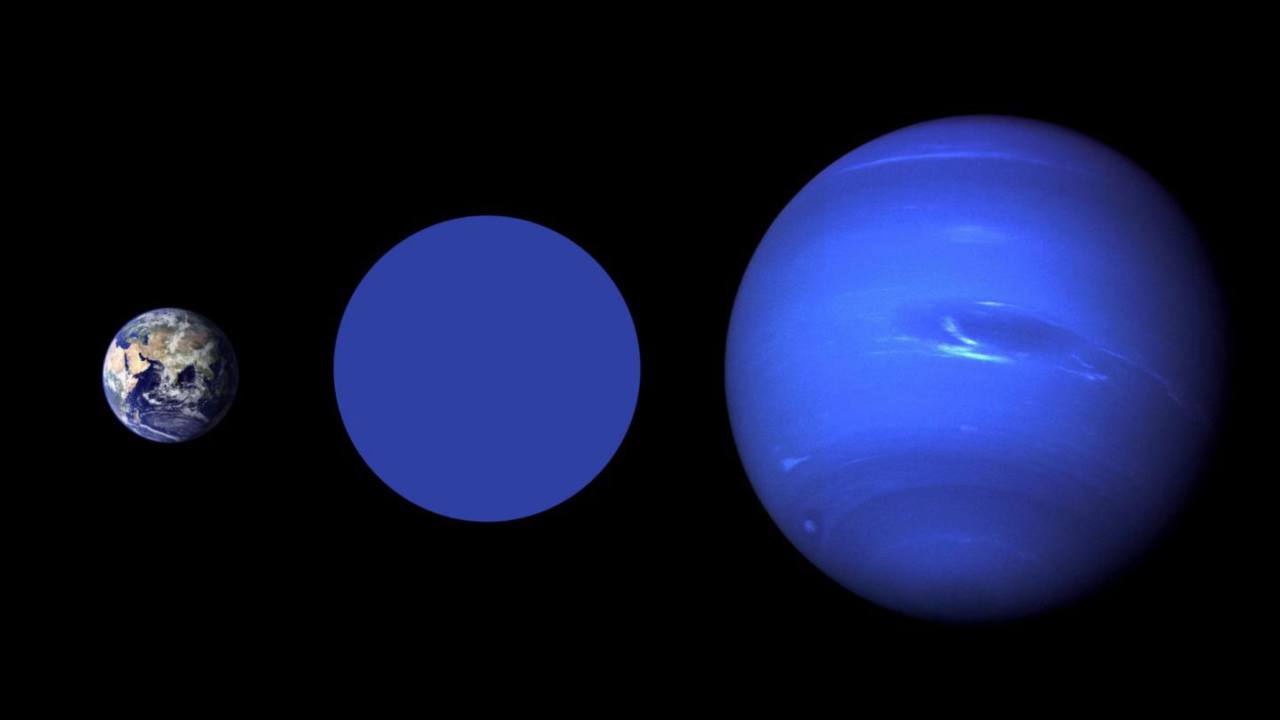An exoplanet twice as big as the Earth, Wolf 503b, was discovered by an international team of scientists with the help of
**NASA's**
**Kepler Space Telescope** recently. 503b was described in a study
pre-published in arXive.com this week. It was spotted by Merrin Peterson, lead author and graduate student at the Institute for Research on
**Exoplanets** (iREx). Exoplanet Wolf 503b is 145 light years away from Earth, in the
**constellation of Virgo** . Being 10 times closer than
**Mercury** is to its star, the planet orbits its star, Wolf 503, once every 6 days. Researchers discovered the planet by observing the specific, periodic dips in the star’s light reaching Earth as Wolf 503b passes in front of it. What interests researchers about Wolf 503b is first, its size. By studying our solar system and the planets in it, scientists have understood that most planets in the Milky Way that orbit close to the Sun are somewhere between the size of the Earth and Neptune (4 times as large as Earth). [caption id=“attachment_5154381” align=“alignnone” width=“1280”] A size comparison of exoplanet Wolf 503b with Earth (left) and Neptune (right). Image courtesy: NASA Goddard[/caption] “By investigating the nature of Wolf 503b, we’ll understand more about the structure of planets and generally about the diversity of exoplanets present in our galaxy,” said Peterson. “I look forward to learning more about it.” The discovery of Wolf 503b offers scientists a rare opportunity to study a planet unlike any in our solar system. Is it a gaseous like
**Neptune** , or a rocky one, like
**Earth** ? How dense and heavy is Wolf 503b? What is it made of? These are some of the questions scientists intend to pursue via their research. While this isn’t possible for most
**exoplanets** discovered, the star that Wolf 503b revolves around is relatively close to Earth and accessible to study with available technology. When Kepler (and the
**Hubble** ) are to be replaced by the
**James Webb Telescope** launching in early 2021, researchers would also be able to look at the composition of 503b, like hydrogen and water content.
The discovery of Wolf 503b offers a rare opportunity to study a planet unlike any in our system.
Advertisement
End of Article


)
)
)
)
)
)
)
)
)



